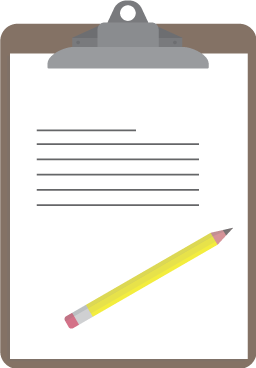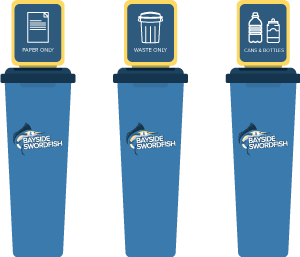The first step in creating a plan is to identify and set out key objectives and goals that your team would like to accomplish. Base these goals and objectives on the data collected during your waste audit and the other research you conducted. You can see the results of the audits displayed on the Dashboard. Focus in on what makes up the largest portion of your waste stream and determine how these materials can be reduced or recycled. Think about how much waste you’d like to reduce and what you’d like your recycling program to achieve.
As an example for schools, the buzz right now is all about waste-free lunches. Here are some statistics on why wasteful lunches is a key focal point when focusing on reducing the waste stream according to wastefreelunch.com:
"School lunches are a major source of waste. The average student’s lunch generates a total of 30 kg (66 lbs.) of waste per school year, and an average elementary school generates 8,500 kg (18,700 lbs.) of waste per year."
Set a goal for what recycling rate you'd like to achieve. We recommend setting a goal of at least 35% if you are currently sitting below that mark. This will be a good starting point that is achievable but not overwhelming.

















 While it isn't always necessary to theme your bins with your school colors and branding, you may want to consider it as an option. In some cases, your users may already associate a specific color with a certain type of recyclable material, and in that case you may want to keep those associations in mind. You will need to consider this not only for the bins themselves, but for the signage and labelling as well.
While it isn't always necessary to theme your bins with your school colors and branding, you may want to consider it as an option. In some cases, your users may already associate a specific color with a certain type of recyclable material, and in that case you may want to keep those associations in mind. You will need to consider this not only for the bins themselves, but for the signage and labelling as well.